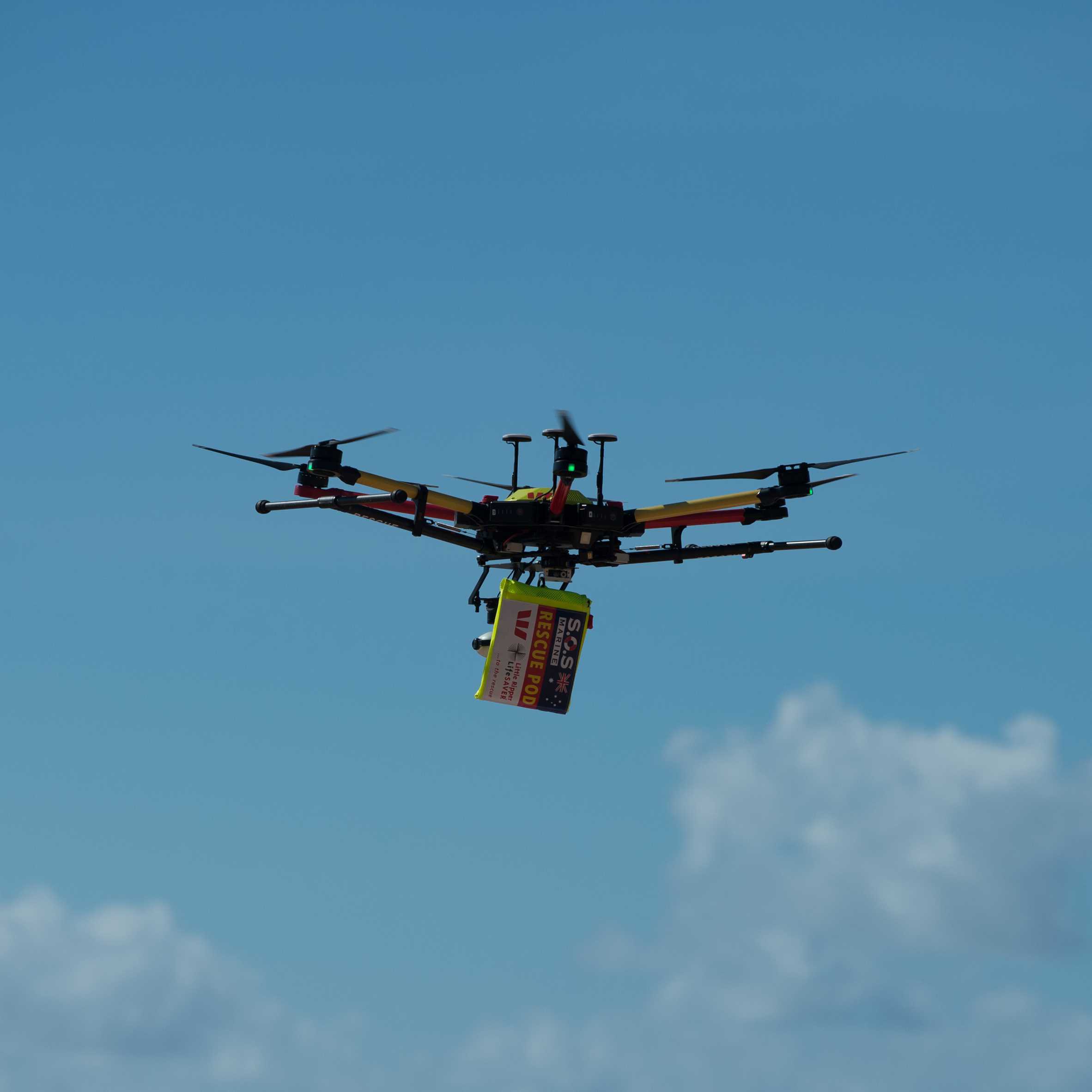It was a day of tension and terror for the families of two teens that were washed ashore in the turbulent ocean with no one to rescue. Quite far from the coast of New South Wales, these two teens in distress had only one thing to count on, a Westpac: Little Ripper drone. The rescue assisted by this drone was successful and had a happy ending despite the thrilling minutes during the operation.
Technology to See
Just a few days ago CMU released a tweet declaring how today?s AI can ?effectively? see things in their view. With object detection, recognition, and localization, a robot flying high in the sky can take pictures of the ocean below, make sense of where two human beings need help, and drop a floatation device just in time.
The real challenge for robotics researchers is not to make smaller robots, making them more powerful, heat and cold resistant and so on. Today, the whole world and the biggest tech companies are betting high on the ?autonomous? capabilities of these mechanical devices. With the ability to work in unknown scenarios and environments with pre-programmed logic, AI-driven modules, and actions that can be triggered on its own without any supervision is the key to future robotics.
However, these robots and aerial robots, drones, are not in complete authority. There is often a single or a couple of people steering and maneuvering them using a strong GPS signal and sending commands via radio waves. This is always necessary to be able to communicate with these robots once they are off.
Search & Rescue
One of the areas many tech companies are also putting their efforts into search and rescue, especially, during disasters and natural calamities. If UAVs and drones can be used to monitor and identify damages, lives and more, the whole process of assessment and offering immediate help can be much faster.
When in August of 2017 a building collapsed in Mumbai, India, 24 people were killed. Had it been for the SAR robots, the rescue operators could have pulled more people out of the debris quicker and offered medical aid. The robots were used as early as 2001 for the SAR operation after the tragic collapse of the twin towers, the World Trade Center, in New York. Back then, these devices had primarily been developed only for military operations and were out of reach for any commercial or other use.
Pros
- They were all tele-operated in the dangerous debris-filled and chaotic pile of concrete, glass, wood and small and tight spaces.
- The recovery efforts were made to search for paths inside the rubble so that rescue workers can work faster and avoid losing more lives trapped inside them.
Cons
- Not completely autonomous. Few sensors.
Closing Thoughts
Since then a lot of advancements have happened and many tech companies have come forward to push the boundaries or research and test prototypes of robots made in their labs. Now, it is not just for the military but also available far and beyond.

